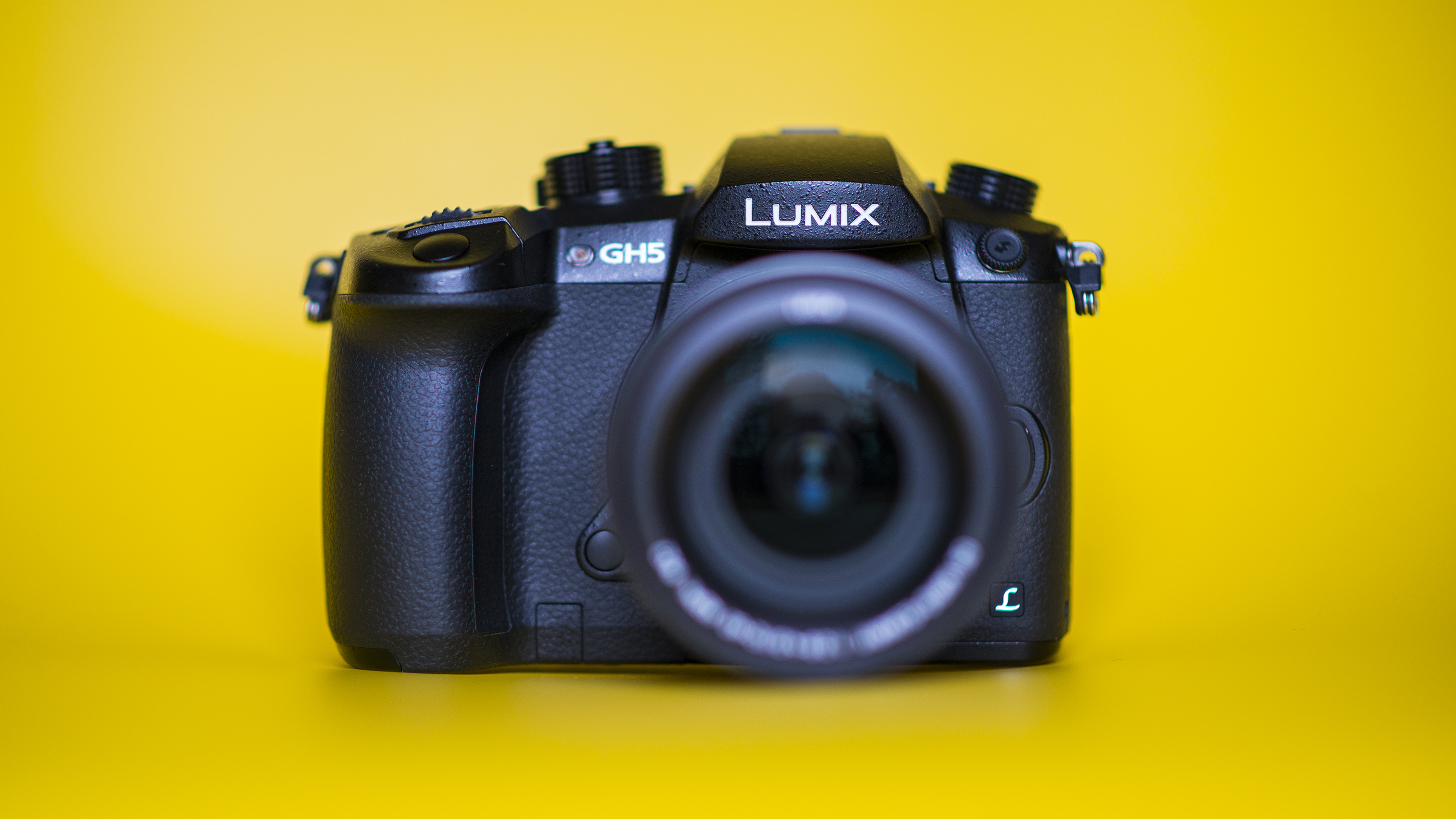Why you can trust TechRadar
Performance
- 12fps burst shooting (9fps with AF-C)
- 1,728-zone metering system
- 410-shot battery life
The Panasonic Lumix GH5 uses the company's tried and test 1,728-zone metering system to work out exposure, and it does a very solid job. In fact, there were very few occasions when we had to toggle with the exposure compensation to get the results we were after.

It's a similar story with the Lumix GH5's auto white balance, with the camera returning natural-looking results – if you're looking for a bit more warmth when conditions are a little overcast you might want to opt for one of the dedicated presets to give things a bit of a boost.
The GH5's clever hybrid image stabilization system works a treat – even when the shutter speed was at a slow 1/10 sec (and in some cases even slower) it was still possible to get sharp handheld shots with a focal length equivalent to 120mm.
The IS system also plays a part in how satisfying the view through the viewfinder is. Not only is it incredibly large and bright, with a resolution that allows you to assess focus easily, the IS helps to stabilize your view without the uncomfortable yaw that can be an issue on some systems.
Battery life is rated at 410 shots, so it's worth thinking about packing some extra batteries if you're planning on shooting for long periods. There's also a BGGH5 battery grip available for the GH5, although while this gives you extra stamina it doesn't deliver any of the performance advantages, such as an improvement in burst rate, that some grips offer.
Image quality
- ISO100-25,600
- No optical low pass filter
- Good dynamic range
From a stills perspective at least, the smaller proportions of the Micro Four Thirds sensor used by the Panasonic GH5 have been seen as a bit of an achilles heel when cameras that use it are pitted against cameras using larger APS-C and full-frame sensors at a similar price point.
Panasonic (and, for that matter, Olympus) has made huge strides in sensor design, and the GH5's 20.3MP chip is the company's best yet.
Sign up for breaking news, reviews, opinion, top tech deals, and more.
The absence of an optical low pass filter sees the GH5 deliver excellent detail at lower sensitivities; it's a match for APS-C rivals boasting a similar amount of pixels.
When images from the Lumix G5 are viewed in isolation, results through the ISO range look good, although we can see a hint of luminance (grain-like) noise at lower sensitivities. This is primarily in blocks of color, and while it's only really noticeable under close inspection, it is there.
As you ramp up the GH5's ISO luminance noise becomes more pronounced, with chroma (color) noise also becoming apparent. Results at ISO3200 and 6400 are more than fine – while they have noticeable noise of both varieties, you should be able to suppress this with a bit of tinkering in Lightroom.
That said, compared to those from larger-sensor rivals such as Fuji's X-T2 or Nikon's D500, images from the GH5 come up a little short, with results not appearing quite as clean.
Dynamic range is very good, and it's possible to recover a good amount of detail even in JPEG files. For best results though, raw files deliver the widest latitude, enabling you to pull back useful amounts of detail in the shadows and highlights.
Current page: Performance and image quality
Prev Page Build, handling and AF Next Page Verdict and competition
Phil Hall is an experienced writer and editor having worked on some of the largest photography magazines in the UK, and now edit the photography channel of TechRadar, the UK's biggest tech website and one of the largest in the world. He has also worked on numerous commercial projects, including working with manufacturers like Nikon and Fujifilm on bespoke printed and online camera guides, as well as writing technique blogs and copy for the John Lewis Technology guide.




